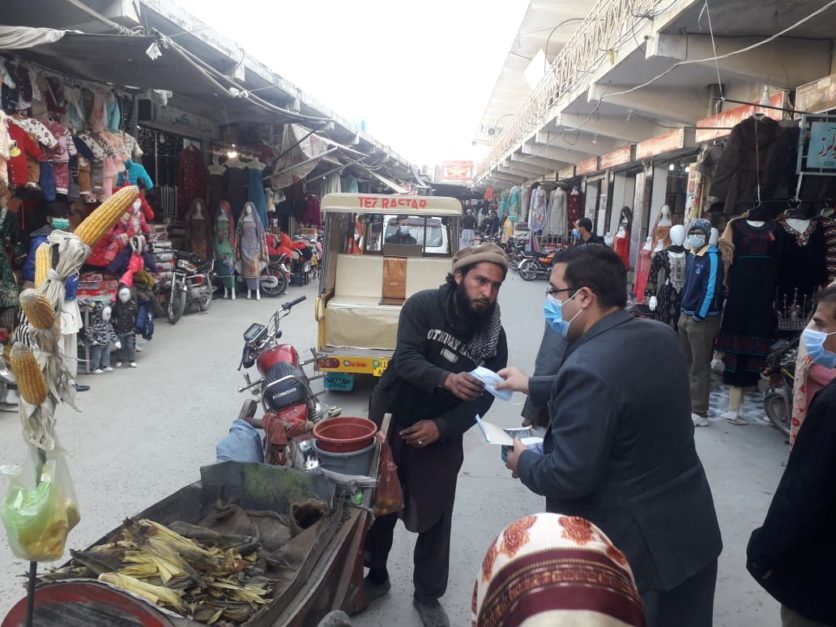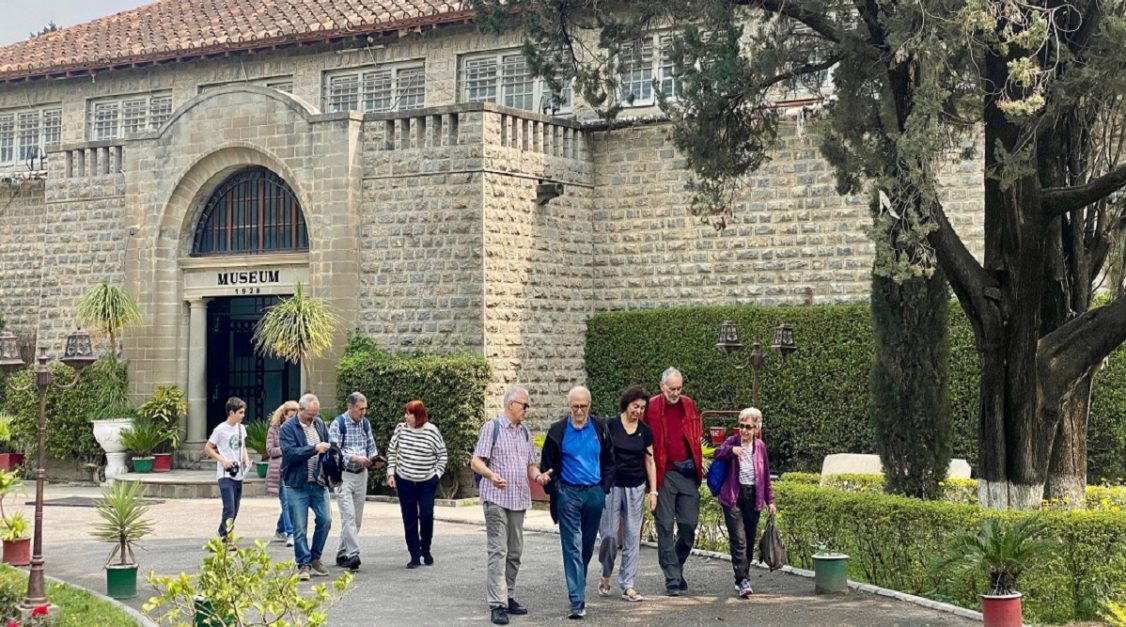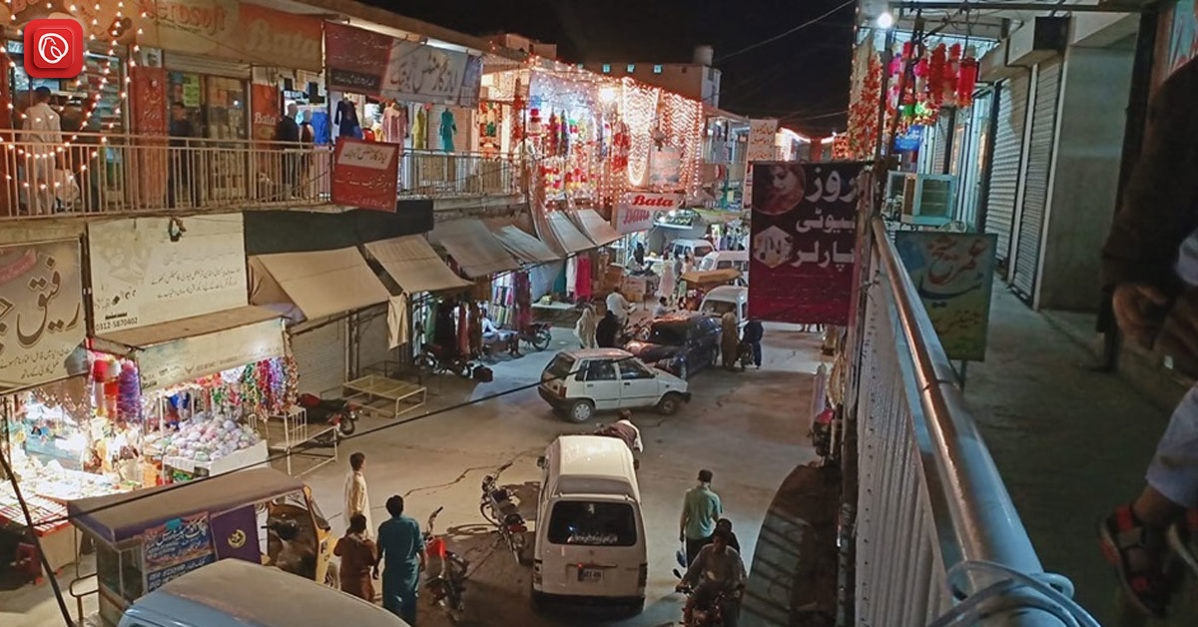Located in the core urban area of the historical civilization of Taxila, now called Pakistan, the Mughal Market does an excellent job of representing and enhancing the site’s consecutive cultural and historical meaning. It serves as a shopping hub for the residents of Taxila, Wah Cantt, and nearby areas.
This market is reputed for its variety of products, from daily-use items to handmade artifacts, capturing the essence of Mughal times. This post aims to show how the Mughal Market, Taxila, holds cultural and contemporary days that are imperative for the people.
Location of Mughal Market
The Mughal Market is located in the heart of Taxila, an ancient city in the Rawalpindi district of Punjab, Pakistan. It is easily accessible from major landmarks in Taxila, including the Taxila Museum and various archaeological sites. The market’s central location makes it a convenient stop for both locals and tourists exploring the historical and cultural treasures of this UNESCO World Heritage Site.
History of Mughal Market

The mighty empire that ruled the Indian subcontinent from the early half of the 16th century to the mid-18th century was the Mughal Empire, which shaped the architectural style, arts, and the region’s culture. The marketplace at Taxila presents a picture of this great past.
The Mughal art and architecture, in particular, epitomize the splendor for which the Mughals were famous in South Asia. As we observed, the Mughal culture inspired the overall look and design of the market and the merchandised products.
Exploring the Mughal Market
Let’s discover the Mughal market, Taxila.
1. Architectural Splendor
Visiting the place where the Mughal Market is named, one is captivated by architecture designed to depict structures that existed in the past.
2. Traditional Crafts and Artifacts
It is seen that traditional handicrafts of Pakistan are offered at the Mughal Market, which is another essential feature. Skilled artisans from across the region showcase their handiwork, offering visitors a chance to purchase unique items such as Skilled artisans from the region showcase their handiwork, offering visitors a chance to purchase unique items such as:
- Handwoven Carpets: Most are characterized by geometric or animal designs and bright, striking colors and are proof of true Mughal artistry.
- Jewelry: The market has many types of jewelry, such as fabricated necklaces, earrings, and bangles/incisions set with precious and semi-precious stones.
- Textiles: Whether looking at silk sarees or embroidered shawls, the textile section of the Mughal Market offers abundant choices.
- Pottery and Ceramics: Fine artwork is seen in pottery and ceramics; hence, you can shop for souvenirs to carry home the country’s beauty.
3. Culinary Delights
Touring or visiting the Mughal Market without patronizing the savory foods would be a heinous sin. Stalls for foods to eat are visible all over the market, and these foods are good Mughal foods rich in spices and aromatics.
Must-try dishes include:
- Biryanimeans are a rice delicacy prepared with spices, meat, and vegetables to produce a pleasing, smoky aroma.
- Kebab: Tender and juicy meat, either barbecued or roasted, is usually accompanied by a side of naan or roti.
- Mughlai Sweets: Sweets are delightful; thus, memorable sweets like gulab jamun, jalebi, and kheer produce delightful feelings in the mouth or tongue.
Cultural Significance and Modern-Day Relevance
Mughal Market is much more than just a shopping complex. It is a center that depicts the place’s culture. It acts as a marketplace for local craftsmen to sell their creations and talents and let the next generation of people in the area experience the discipline of the Mughal period.
Promoting Sustainable Tourism
Over recent years, more attention has been paid to the call for sustainable tourism, which the Mughal Market well implements. Strategies are being developed to introduce the principles of safety for the environment, and local people and talents are encouraged.
This includes initiatives such as:
- Waste Management: Healthy waste management systems should be implemented to enhance the cleanliness of the market and mitigate the effects of waste.
- Supporting Local Artisans: Support local craftsmen and give them the tools to improve their selectivity and production standards.
- Cultural Festivals: Creating awareness of the cultural percentage of the region by developing and holding cultural festivals that attract tourists.
Places Near Mughal Market in Taxila
The area around the Mughal Market in Taxila has many historical and cultural places that provide insight into the local history. Here are some notable places near the market:
1. Taxila Museum

The Taxila Museum situated a little away from the Mughal Market, also has a large and magnificent collection of Gandhara civilization: sculptures, coins, and pots. This museum, founded in 1918, contains artifacts dating back millennia, and the works depict the influence of Buddhism, Greeks, and Hindus on the area.
The excellent antiques on display in the museums offer orientation to the sites of archaeology located around Taxila, hence receiving immense patronage from historical buffs.
2. Julian Monastery
This ruined Buddhist monastery is called Jaulian or Jaulian monastery, and it is famous for its stupas, statues, and nicely carved relics. It is a religious site that belongs to the epoch of the Kushan dynasty, and the atmosphere on the territory of the shrine is calm and meditative, as from the ponds, the visitors have a beautiful view of the valley. Latticeworks, as well as calligraphic decorations, give a lot of insights regarding monastic Buddhism and appropriate spiritual activities.
3. Sirkap
Moreover, founded by the Indo-Greeks, this ancient city represents the definite exhibition of architecture that unites Greek and Indian motives. It contains a Royal city proper with palaces and official residences, viharas for monastics of various sects, and devotees’ dwellings arranged geometrically along with monastic structures such as stupas and temples.
Sirkap was a thriving city during its glory days, and as such, it relates to the multicultural identity so characteristic of the region at the time. Some important tourist attractions within Sirkap are the rare representation of the Double-Headed Eagle Stupa and the ruins of the Apsidal Temple, illustrating the arts and cultures of that period sensationally with its creativity and style.
4. Dharmarajika Stupa
Constructed in the third century BCE by the Mauryan emperor Ashoka, the Dharmarajika Stupa is among the most significant places of Buddhism in Taxila. Considering that it is believed that there are remains of the Buddha himself in this place, it is a shrine that Buddhists consider holy.
5. Bhir Mound
The earliest site of Taxila is Bhir Mound, which belongs to the period of the 6th century B.C. The site also consists of the remains of residences, avenues, and other constructions that can contribute to understanding the population’s first tentative attempts.
The artifacts unearthed at Bhir Mound are ceramics, terracotta figurines, and many tools, from which their way of life and the skills of the people at that time can be deduced. From these arrangements, it is clear that the city’s layout has good systematic planning and is marked by some civilizing features, such as a well-developed drainage system and social amenities.
6. Mohra Moradu
This Buddhist monastic structure comprises a stupa, cells of the hermit, and the court. It was characterized by the remnants of some of the best sculptures and inscriptions on the walls that indicate the religious activities of the Buddhist monks who had occupied the site.
This is one of the most attractive examples of the origins of Kushan art. The ceiling of the main stupa has elaborate stucco overlays, and small monk cells give hints of a monk’s spartan lifestyle. Generally, the area around Mohra Moradu is very calm and thus is ideal for contemplating and exploring.
7. Khanpur Dam
Khanpur Dam is a few kilometers from Taxila and is famous for picnic, boating, and water sports. The main works of the Haro River comprise the construction of a dam and the formation of a large water body for recreational purposes.
Visitors can pursue some recreational activities, including jet skiing, fishing, and sailing. This is because the place is tranquil, and the surrounding landscape is magnificent, especially after one tires from visiting the different historical sites in Taxila. Fai’s Park, also between the Shakir and Margalla Hills twin cities, provides a beautiful view and is exceptionally equipped for the nature walk.
Tips for Visiting the Mughal Market
To make the most of your visit to the Mughal Market, here are some helpful tips:
- Timing: However, there is free movement early in the morning and late in the evening when the heat is tolerable and there are many people.
- Bargaining: Sometimes bargaining is the best strategy within the market; therefore, one should not be shy about bargaining with vendors.
- Guided Tours: One may self-explore the market to explore more, but hiring a local tour guide who can explain more about the place is recommended.
- Respect Local Customs: Respect the local culture and people, especially at holy places or while dealing with the local people.
Conclusion
That said, the Mughal Market in Taxila, which gives a touch of History, Culture, and Craftsmanship, is impeccable. If you are a history lover, craft lover, or just someone who wants to feel the traditional culture of the city or country, then there is no better way to go because this market is one of the best places that will give you that experience.
Your purchase of products from the Mughal Market and continuing its handicraft workshops keep an artistic heritage alive and help Asian tourism. Therefore, visit the Mughal Market, step back into the past, and explore the fascinating world of the Mughal Empire in Taxila.




